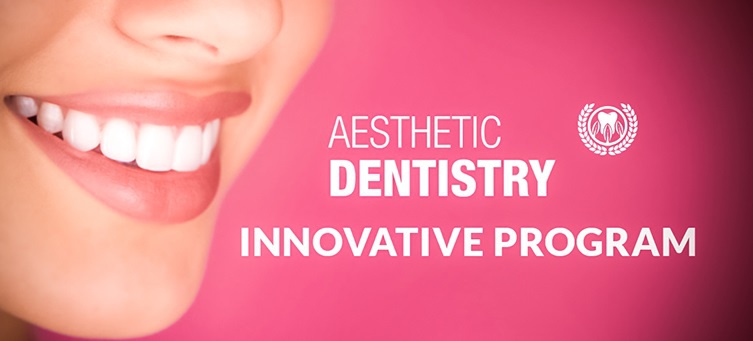Aesthetic Dentistry Training Program
The course aims to introduce step-by-step clinical procedures, materials and treatment planning concepts on the following topics:
- Occlusal records
- Dental photography
- Preparations for anterior veneers and crowns
- Direct composite restorations (anterior and posterior)
- Atraumatic extraction, site preservation, and anterior crown lengthening
- Cementation of etchable ceramics.

